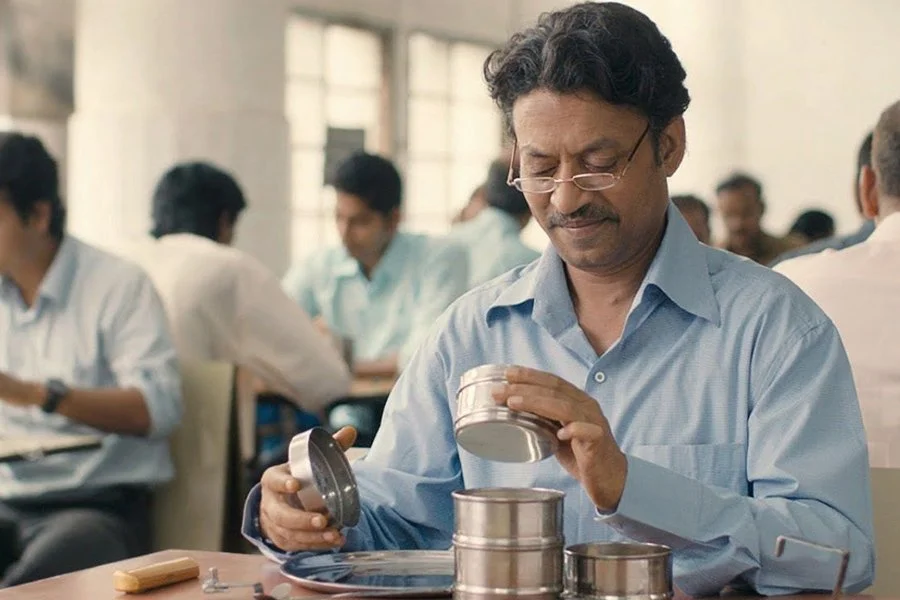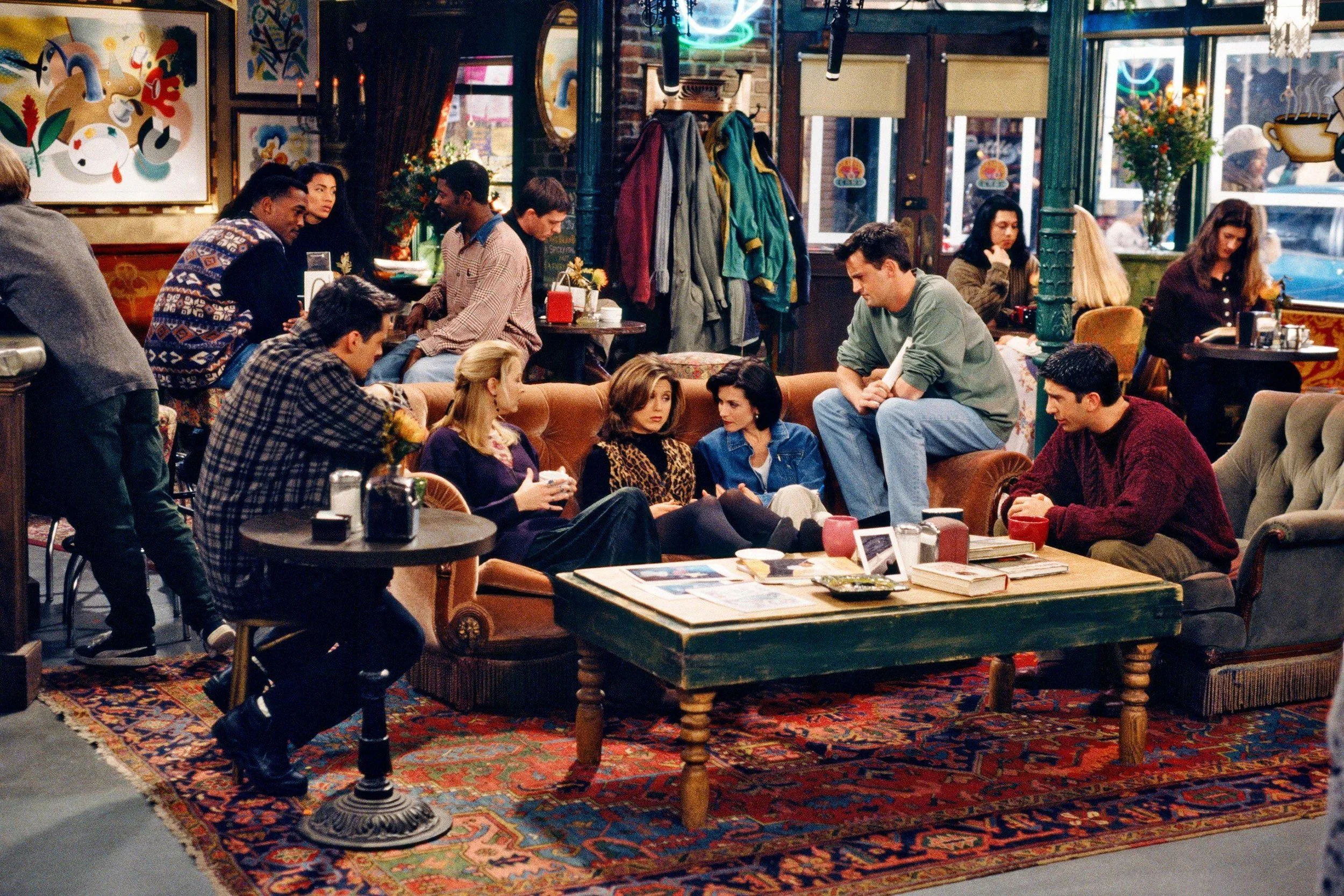This Land is Mined: A Film Program
This Land is Mined: A Film Program
Feature art by Angelica Afan
Indigenous People (IP) communities have long found themselves at the epicenter of development aggression and armed conflict. Their ancestral lands, which form a deep part of their identity, are increasingly being converted into agricultural plantations and exploited as open-pit mines, effectively robbing them of their heritage. The stark, gray concrete structures rising above what was once a backdrop of lush forests and flowing rivers starkly symbolize the presence of greed and the erosion of ancestral legacy. Ultimately, cultures and histories that existed long before modernization are now threatened with disappearance due to the widespread displacement of IP communities.
The virtual program This Land is Mined aims to shed light on the displacement of indigenous communities and their identities through short films. Short films have always transcended the role of silent witnesses, where they become dynamic extensions of struggle itself. They move beyond chronicling the enduring bond between IPs and their lands, illuminating the harsh realities of resettlement and the profound challenges of adaptation in unfamiliar territories. The contemporary struggle of IP rights has been further complicated by the intersection of factors like red-tagging and state surveillance. These narratives of historical trauma and systemic violence, and for being deprived of their fundamental rights, show the need for resistance for the preservation of their identities.
Film still from Lunod
Lunod
Dir. Mads Miraflor
Mads Miraflor’s Lunod retells the grave consequences of the Kaliwa Dam through the indigenous beliefs of the Dumagat tribe. The Dumagat have a long cultural and historical connection with the Tinipak River, where they reside and have witnessed multiple accounts of drowning due merely disrespecting the river. It’s a haunting tale; even the Dumagat are afraid of it and deem it sacred, as it tells that the river is alive and would claim anyone’s life to get even for the destruction they have caused. With the Kaliwa Dam pushing through, everyone near the Tinipak River will drown with consequences, and along with it, the stories. The Dumagat fear that they would tell future generations that now it’s just a body of water.
Film still from Dati
Dati
Dir. Arlo Jhan Bayot
Arlo Jhan Bayot’s Dati portrays an isolated island community breached by capitalist interest and how it forces the native inhabitants to readjust according to their ways of living. A paradise once filled with abundance is now being taken advantage of, with even proper care and compensation coming from the invaders. In the end, the only ones who suffer are the native inhabitants whose homes were wrecked and changed for the worse. One could only hope to reminisce about the days of what it was like before.
Film still from Los Mandayas
Los Mandayas
Dir. Jhayzen Parañal
Jhayzen Paranal’s Los Mandayas explores the intersecting factors of the displacement of the Isnag tribe, rooted in armed conflict and development aggression that has deteriorated their homeland into fractured homes. The Isnag have relied on the mountainside for their livelihood and now have to resettle in unfamiliar lands to survive. The presence of the Madongan Dam has caused the whole land to change, with difficulties in adapting to these environmental changes, as seen in how they planted Aba and Pako and the lengths they had to travel to sell them. This shift not only marks adaptability but also resilience to preserve cultural identities. But this doesn’t come without struggle from being displaced from their homes.
Film still from Alon
Alon
Dir. Eugene Hontiveros and Nicole Salazar
Eugene Hontiveros and Nicole Salazar’s Alon illustrates the vulnerability of fisherfolk from the invasive pressure of capitalism in their homes. The life of the fisherfolk is interwoven and interconnected with the sea. The sea, being a contested area, has its share of overexploitation from big companies to imperial countries invading the country’s territory, leaving small-scale fisherfolk nothing left for their own, while some are being harassed. If the government fails to manage the needs of the marginalized as well as the marine environment, then there will be a need for resistance to protect one’s territory and home.
Film still from Dagami Daytoy
Dagami Daytoy
Dir. Noni Abao
Noni Abao’s Dagami Daytoy exposes the complications of the struggle of resistance for fighting for their ancestral lands in the contemporary present, centering on the struggle and continuous resistance of the Tuwali-Ifugao tribe, who are continuously threatened by big institutions like OceanaGold and the military through continuous harassment and false accusations of NPA affiliations. The community cannot help but mourn how vast areas of mountains filled with lush and evergreen trees are now just open-pit mines that are just kept getting deeper, along with their culture and history of their ancestral heritage. Some community members would just choose to leave a place that they no longer recognize as their home. But some remain hopeful and would continue to resist, even if the government does not do anything; they will have to take matters into their own hands to fight for their land, to struggle for what is theirs.























